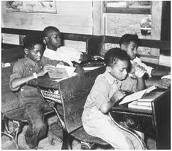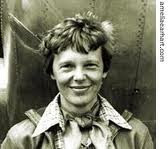22-1 The Nation's Sick Economy: Economic problems affecting industries, farmers, and consumers lead to the Great Depression.
pp. 642-649.
Essential Question: What caused the Great Depression?
Subquestions: ...don't shy away from including your opinion...just root it in fact!!
a. Which problems threatened the American economy in the late 1920s? Identify acute problems, both short- and long-term. (Acute means most severe, in this case.)
b. Which of the problems in a (mostly the section's green headings) is the most destructive?
c. How did Congress react to the economic slide? Were their (Congress's) actions logical or illogical?
d. What happened to ordinary workers during the Great Depression?
e. What were the ramifications (effects) of the Depression worldwide?
Opinion questions:
a. Which graph(s) are most helpful to you in understanding the economic troubles of the 1920s? Include title and page number in your response.
b. Would better information help the average citizen contribute more effectively to the economy's health? Or is that too unlikely in a capitalist system (profit-oriented)?
c. Are government price supports wrong?
d. Judging from the events described in this section, how important is consumer confidence to the health of the economy?













